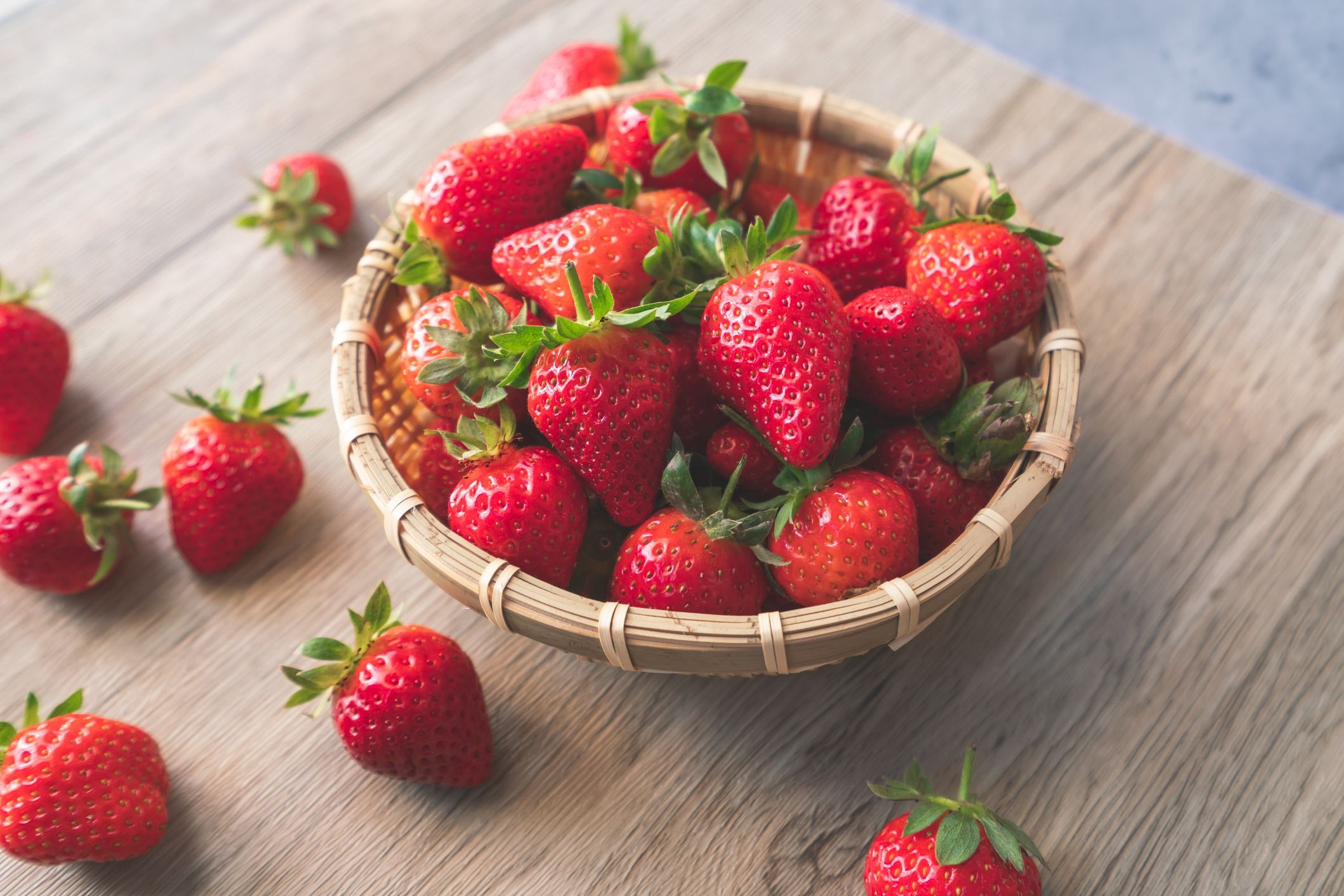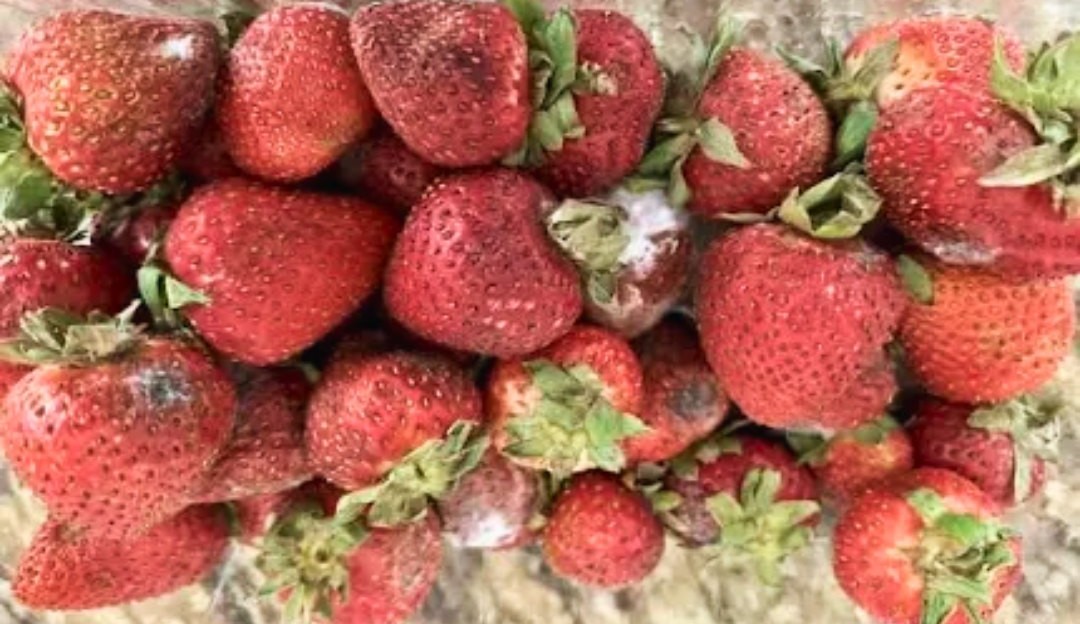Strawberries are highly perishable fruits due to their soft texture and high moisture content, which makes them susceptible to mold and spoilage after harvest. To keep strawberries fresh and flavorful longer, it’s important to store them properly and handle them carefully. Here are practical tips to help preserve strawberries effectively at home.
First, inspect the strawberries as soon as you bring them home, discarding any that appear moldy, overly soft, or bruised, since they can quickly cause other berries to spoil.
Next, avoid washing strawberries before storing them. Introducing moisture too early increases the risk of mold. Wait to wash strawberries until you’re ready to eat or cook with them.
If desired, you can extend the berries’ freshness by briefly soaking them in a vinegar-water mixture. Combine one part white vinegar with three parts water, and soak the strawberries for five to ten minutes to kill mold spores and bacteria. Afterward, drain thoroughly and pat dry with clean towels before storage.
Store strawberries in your refrigerator using a container that allows airflow. Line the container with paper towels to help absorb excess moisture. Avoid using sealed plastic bags, which trap moisture and encourage mold growth. The ideal refrigerator temperature for strawberries is around 32–36°F (0–2°C), typically found in the crisper drawer.
Leave the green leafy tops (caps) attached to the berries until you’re ready to consume them, as removing these stems early can cause berries to dry out and deteriorate faster.

For longer storage, freeze strawberries. Wash them gently, remove stems, dry thoroughly, and arrange them individually on a tray before placing them in the freezer. Once frozen solid, transfer the berries into airtight freezer-safe containers or bags. Frozen strawberries are ideal for smoothies, baking, sauces, or homemade jam.
Common mistakes that shorten the shelf life of strawberries include washing them too early, keeping them unrefrigerated at room temperature, and overcrowding them in storage. Always store strawberries in a single layer to prevent bruising and promote even airflow.
Watch out for signs of spoilage such as fuzzy mold growth, soft or overly juicy texture, and unusual sour smells. Any strawberries showing these signs should be discarded immediately.
To further enhance freshness, purchase locally grown strawberries during their natural growing season, as these usually last longer. If possible, grow your own strawberries at home for optimal freshness and taste. Additionally, berries that are beginning to soften but not moldy can still be used in cooking, particularly for jams, sauces, desserts, or as toppings for yogurt or oatmeal.
By following these simple guidelines, fresh strawberries can last one to two weeks refrigerated, and months when properly frozen. This way, you can fully enjoy their sweet flavor in various dishes, snacks, salads, desserts, and drinks.
